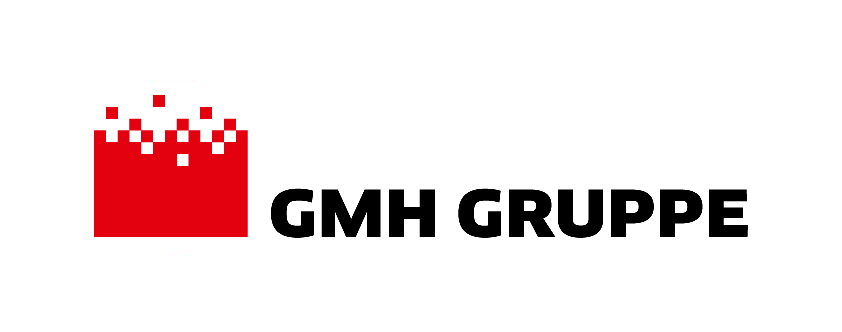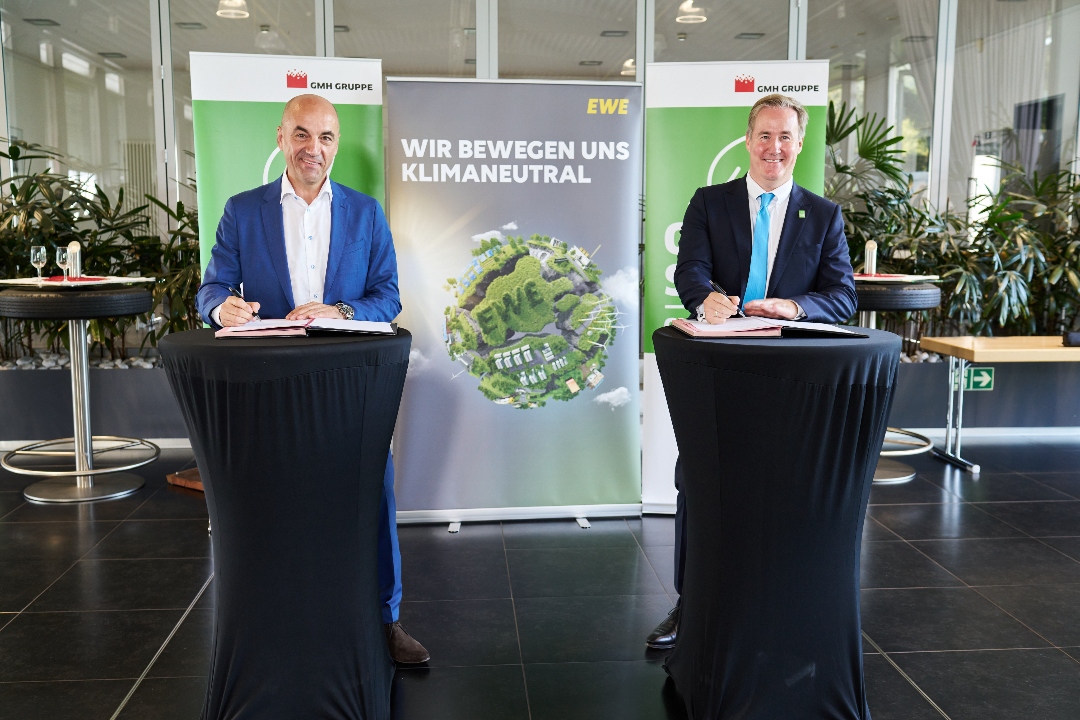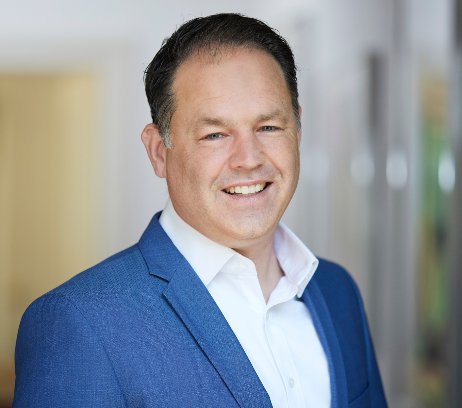

The steel manufacturer Georgsmarienhütte and the energy service provider EWE aim to jointly implement hydrogen projects in a bid to advance the transformation of the region in terms of climate neutrality. On August 24, Dr. Alexander Becker, CEO of GMH Gruppe, and EWE CEO Stefan Dohler, signed a declaration of intent to this effect in Georgsmarienhütte near Osnabrück. The goal of this declaration is to reduce CO2 emissions in steel production. From 2039, steel from Georgsmarienhütte will be produced in a completely climate-neutral way, partly through the use of hydrogen. Partner EWE intends to supply green hydrogen from production plants in northwestern Germany for this purpose.
With a view to a climate-neutral energy future, green hydrogen is particularly suitable for industrial applications such as steel production, which until now has released considerable amounts of CO2 every year. "Without hydrogen, the energy transition will not succeed. I am convinced of that. Because only by converting fluctuating renewable energies into hydrogen will it be possible to provide green energy on demand. Hydrogen is therefore an indispensable component for achieving the climate targets that have been set and for linking the three sectors of electricity, mobility and industry," says Stefan Dohler. Along the entire value chain, EWE is therefore planning projects together with partners and successively implementing them - from renewable energy production, through to storage and shipping and usage, above all in industry and heavy-duty transport. "With our infrastructure, particularly in the area of cavern storage and pipeline-based transport of hydrogen, we offer a strong basis to safely supply an industrial consumer like GMH with green hydrogen on a large scale," said the EWE CEO.
Climate-neutral steel production from 2039
Dr. Alexander Becker, CEO of GMH Gruppe, explains the reasons for the planned cooperation: "Our steel production is expected to be climate-neutral by 2039. As an interim step, we want to halve our emissions by 2030. With our leading electric steel technology and optimized processes, as well as the use of hydrogen instead of natural gas, this is realistically feasible. It is not for nothing that we have been one of the pioneers in decarbonizing the steel industry for over 25 years. On this basis, we will produce climate-neutral steel by 2039 and make a major contribution to achieving the 2015 Paris climate protection targets. We are therefore delighted to have found a strong partner close to our largest steel mill who will join us on this path," says the GMH CEO.
Georgsmarienhütte has been a pioneer in the use of electric arc furnaces, in which almost 100 percent steel scrap is recycled – instead of processing primary raw materials. Compared with the usual blast furnace route, the electric steel mill produces five times fewer CO2 emissions. By using green electricity (Green Power), this figure is significantly reduced once again. In addition, the company has recently been able to use biogenic coal for steel production, reducing this figure by a further 25 percent (Green Power Premium). With further transformation projects, GMH Gruppe will achieve the targeted climate neutrality by 2039.
Stephan Weil, the Premier of Lower Saxony, who had to cancel his participation at the signing, said in advance: "I am very pleased that EWE and Georgsmarienhütte have agreed to significantly accelerate the development of the hydrogen industry. Large quantities of renewable energy and green hydrogen are needed for the new climate-friendly processes. Lower Saxony offers unique locational advantages in these areas in particular: plenty of wind energy on land and at sea, important seaports for importing and distributing green hydrogen, and large-volume underground formations for storing hydrogen. Georgsmarienhütte in particular is taking a big step toward sustainability. The steel industry forms the basis of many value chains and this lighthouse project will secure jobs in the long term. With this pioneering industrial transformation, EWE and the GMH Grupppe will make a significant contribution to achieving Lower Saxony's and thus also Germany's and Europe's climate protection targets."
Large-scale project "Clean Hydrogen Coastline" as the starting point
According to Stefan Dohler, the starting point for the mass production of green hydrogen by EWE is the large-scale "Clean Hydrogen Coastline" project. This brings together production, storage, shipping, use in industry and heavy-duty transport, thus implementing the political requirements. With this project, EWE applied for funding under the European IPCEI program (Important Project of Common European Interest) in February 2021 and reached the second stage of procedure in May 2021. Currently, the funding is being reviewed at European level.
Funding approval required at European level
"We want to build up to 400 megawatts of electrolysis capacity at system-serving sites near the German North Sea coast," says Stefan Dohler, "from which we can produce up to 40,000 metric tons of green hydrogen annually from 2026, depending on the sales market." In addition, there is the possibility of expanding the production capacities over the next ten years as needed, up to the gigawatt scale. Green hydrogen will be used at GMH. The hydrogen from the EWE plants will be transported via newly emerging hydrogen pipelines, which are being built as part of the large-scale "Clean Hydrogen Coastline" project, among others, as well as in the planned "HyPerLink" project of the long-distance gas network operator Gasunie. Discussions are already taking place with potential infrastructure operators. An infrastructural integration of the GMH plants could be ensured via the pipelines. The positioning of the EWE production plants at important offshore connection points also offers the possibility of integrating the import of green hydrogen. However, the projects would require rapid funding approval at the European level.
Further joint hydrogen activities planned
In addition to the planned use of green hydrogen from EWE production plants in the Northwest, the partners are committed to further hydrogen projects. Last October, Georgsmarienhütte and EWE signed a memorandum of understanding for joint hydrogen projects in the Osnabrück economic region with the companies KME Germany, Q1, EWE, Felix Schoeller and the KNI logistics network. The plan is to build an electrolyzer and a hydrogen filling station. This should benefit not only the partners involved, but the entire region. A feasibility study is currently underway to examine the size and design of the electrolysis plant in more detail. The consortium expects results in late summer. At the same time, partner EWE has started to acquire funding for the electrolysis project, as hydrogen production plants cannot be financed economically without financial support. If the funding is approved, the next steps will be taken, including the signing of a cooperation agreement followed by concrete project planning.

Senior Account Manager
Beitrag teilen